In NATO, Technology Challenges Yield to Political Interoperability Hurdles
 |
| Dag Wilhelmsen (seated, l), general manager of the NATO Consultation, Command and Control Agency (NC3A), shakes hands with Alan J. Doshier of Northrop Grumman Integrated Systems at the signing of the Alliance Ground Surveillance Contract as NATO Deputy Secretary General, Ambassador Minuto Rizzo (c), looks on. The NC3A is working to take advantage of the ongoing military transformation to advance coalition interoperability. |
The greatest challenge facing NATO interoperability is the desire of individual nations to safeguard information and technology from their allies, according to the general manager of the agency tasked with enabling coalition interoperability.
Nations with extensive data collection and processing systems are reluctant to share all elements of detailed information with even longtime allies, lest sensitive intelligence and technology aspects are revealed. And, many useful information technologies and systems developed by an individual nation are subject to export controls, which hinders their acceptance and implementation by other NATO nations.
Ensuring coalition interoperability amid these conditions is complicated by the military transformation that is empowered by the rapid evolution of information technologies. The NATO Consultation, Command and Control (C3) Agency, or NC3A, is striving to enable coalition interoperability both through technological advances and by overcoming the political-cultural barriers that hinder interoperable military operations.
The NC3A faces a tougher task than its national equivalents because it must bring together systems that are designed to address national needs, which often differ widely even among member nations. Not only must these systems interoperate among other national systems, they also must interoperate with NATO systems and networks.
Dag Wilhelmsen, NC3A general manager, offers that the agency hopes to allow the alliance to address coalition interoperability through “the ability to operate as an unbiased coherent agent.” The NC3A would be able to assist nations in finding good, workable solutions between national systems and international infrastructures.
Wilhelmsen categorizes the challenge of achieving coalition interoperability in three different areas: the technical area, which focuses on architectures and standards; the programmatic area, which involves affecting national programs to achieve interoperability; and the political and cultural levels.
The NC3A general manager is unhesitating in his declaration that the political and cultural arenas pose the greatest challenge to NATO coalition interoperability. The ability to establish multilateral, trusted information-sharing environments that can be effective in a coalition setting hinges on solving that challenge, he states.
The political consensus that drives a coalition to function in an operation is not necessarily a permanent and fully multilateral base, Wilhelmsen continues. In many cases, a set of bilateral arrangements must be established to share information across a set of shared bilateral links. “That is obviously a very ineffective and difficult way to establish effective coalition operations,” Wilhelmsen emphasizes.
So, the cultural challenge is to establish a coalition setting where all the participants in the coalition will trust a common domain of information that can be shared by all participants, he says. Achieving that goal will require providing a secure information-sharing environment that is transparent enough for all the participants to understand that their information is protected fully.
This is more than just a focus on multilevel security concerns. Wilhelmsen suggests that NATO members agree on the goal, but they each see different priorities on the path to achieving that goal. This is why it is easier to agree on an ad hoc arrangement than on a permanent solution.
But the other areas pose challenges of their own. For the technical area, the agency is striving to create templates for new architectures that are service-oriented rather than system-design-oriented.
“If we can move from a closed black-box system architecture to where you have service-oriented solutions of systems of systems, then you can allow differently developed systems to interoperate,” Wilhelmsen explains. This may require technical standards and for transport layers to be public—outside the domain of proprietary solutions of industry. An industry consortium is working along those lines to develop an information exchange standard, he adds.
Goals include system-of-systems architectures that can allow diverse systems to interoperate effectively. This will require a different set of standards that remain to be developed, Wilhelmsen offers. “We are not there yet in many of the areas for coalition interoperability,” he admits.
The programmatic area is where the technology gap rears its head. The
Wilhelmsen believes that developing standards, technology architectures and solutions that can be implemented across the spectrum of nations—without dictating specific solutions—can go a long way to helping reduce or eliminate that gap.
Some of the new and incoming members have technologies that are so obsolete that interoperability with their legacy infrastructures or systems is not an issue—they do not have any. Neither are stovepipe systems a problem. These nations will be replacing their old communications and information systems infrastructures almost entirely. So, they can aim for interoperability with their own slates clean of complications. This will help them close technology gaps quickly, Wilhelmsen offers.
That technology gap may be as broad as ever now, but the military transformation that it is driving has its own cause and effect. Wilhelmsen states that, “coalition interoperability is the driver for the transformation.” NATO planners believe that future operations will feature closer coordination among national forces than previously exhibited. And, these operations likely will take place in different settings and different scenarios than originally anticipated. This may involve the use of combined military and non-military forces in a wide range of operational scenarios. “The need for the capabilities provided by nations in a coalition to interoperate together is, in our opinion, the driving force for the transformation” he warrants.
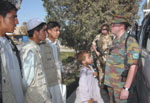 |
| Belgian troops speak with civilians as they patrol in Kabul, Afghanistan. The NC3A is field-testing some systems for interoperability among deployed NATO forces in Afghanistan. |
“The key challenge for a coalition to operate together effectively is to be able to fulfill the functions of a mission in a distributed way with many different participants,” he continues. “Not all of the participants have to have all of the same capabilities.” The alliance’s efforts to establish a capability maturity model will help set a benchmark for each individual nation to aim for in each operational scenario. This is especially important, as each operation may have different requirements for capability maturity.
Wilhelmsen describes this model as “a very important deliverable” for NATO network-enabled capabilities. Many transformational developments in the pipeline will be delivered within three to five years. Some already have been delivered, he notes. Others that are on the drawing board may be fielded over the next 10 to 15 years.
When NATO began conducting coalition operations outside of Article V of its self-defense charter in the mid-1990s, the alliance continually supported forces involved in international activities. NC3A personnel remained close to operators and commanders to support them effectively in direct operations. This hands-on approach also has helped agency experts understand operational needs, particularly in terms of capabilities.
The agency’s organization includes two types of integrated program teams, or IPTs. One type is programmatic or capability-based in a specific area—such as alliance information systems, communications or networking. These IPTs look at coalition interoperability across the program lifespan of NATO’s common-funded capabilities, and they try to establish interfaces with national systems.
The other type of IPT works across all capabilities on a larger scale. One involves defense planning and operations research to establish a common base for an operational architecture for systems that need to interoperate. Another examines technical and systems architectures and identifies the overarching architecture that national and multinational systems must adhere to for working together. A third IPT establishes the basis for national systems to interconnect for interoperability.
One useful tool in meeting the alliance’s interoperability challenges is the Coalition Warrior Interoperability Demonstration, or CWID (SIGNAL Magazine, September 2005, page 71). Wilhelmsen offers that the key lessons that NATO continues to learn from CWID and its predecessors come from being able to bring together diverse national systems early enough in their development to allow changes for interoperability.
Two programs in particular benefited from CWID 2005. One, the Coalition Friendly Force Tracking Standard, is receiving its first trial with five nations’ systems being interconnected in NATO operations in
The other program involves battlespace command and control systems working together using the Multilateral Interoperability Program, or MIP, standard. The ongoing MIP effort is furthering data exchange mechanisms through additional test programs. Wilhelmsen relates that NATO is establishing an experiment for MIP implementation in
The
“It is a positive way of leveraging particular technologies from the commercial environment into our military environment without having to go through the long and intricate development processes that are classical national military program development,” he says. “That is a positive thing, and we support that significantly also inside NATO by moving to more spiral development and implementations of capabilities.” These capabilities can be introduced into operational theaters earlier than previously was possible to help support ongoing deployments.
The greatest difficulty emerges when these technologies are subject to export controls, he continues. This prevents other nations—and NATO itself—from ensuring interoperability by employing the same technologies in a shared environment. “That is a very difficult challenge, and I don’t know if I have an answer to it,” Wilhelmsen admits.
The NC3A will be looking to industry for solutions across the entire spectrum of the agency’s work, Wilhelmsen offers. Again, he emphasizes the importance of experimenting with technologies before they are delivered. He cites Web technologies as important to future success.
The future of coalition interoperability will be marked by a steady transformational development, Wilhelmsen maintains. Interoperability will be achieved without any significant paradigm shift in technology or in the spectrum of operations. Instead, the next 10 years will see more network-enabling of many information capabilities. And, the most significant change will be the inclusion of non-military partners—and non-military factors—in the planning and execution of coalition missions. “Systems that we don’t even know about today will be able to share information across a coalition,” he states.
Web Resource
NATO C3 Agency: www.nc3a.nato.int
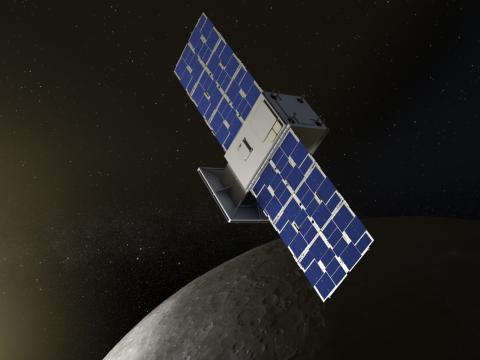
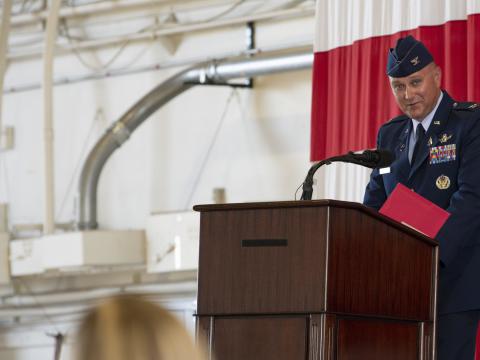

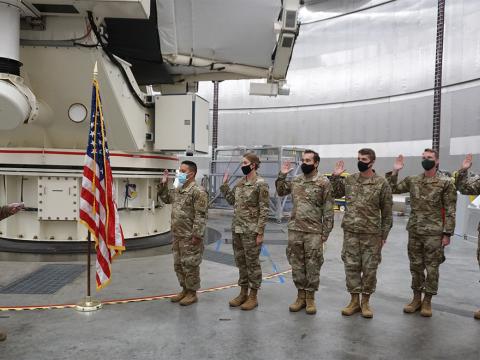
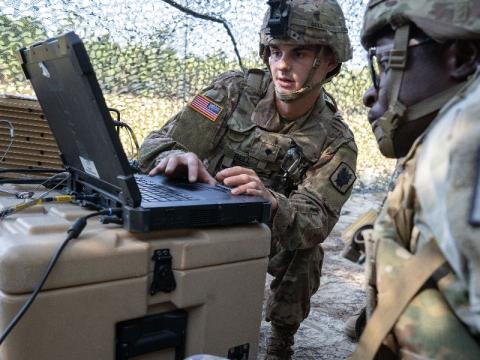
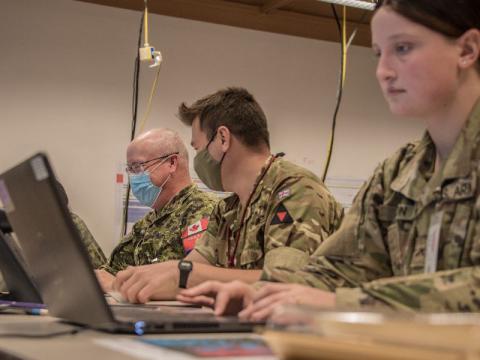
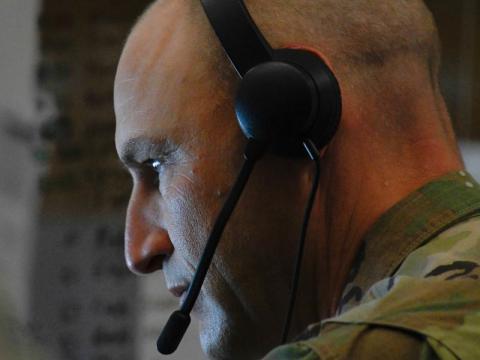
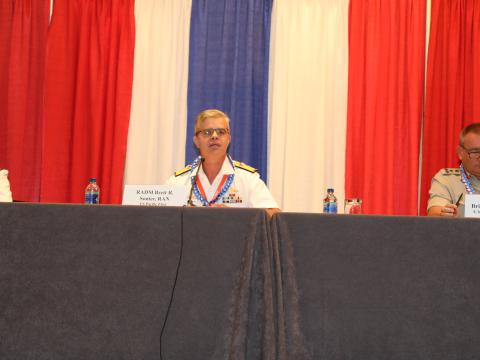

Comments